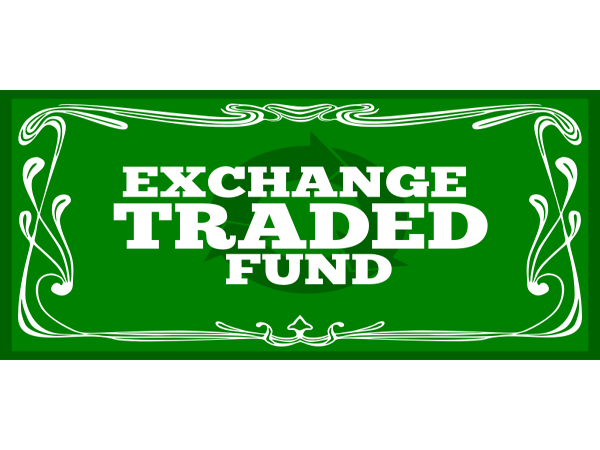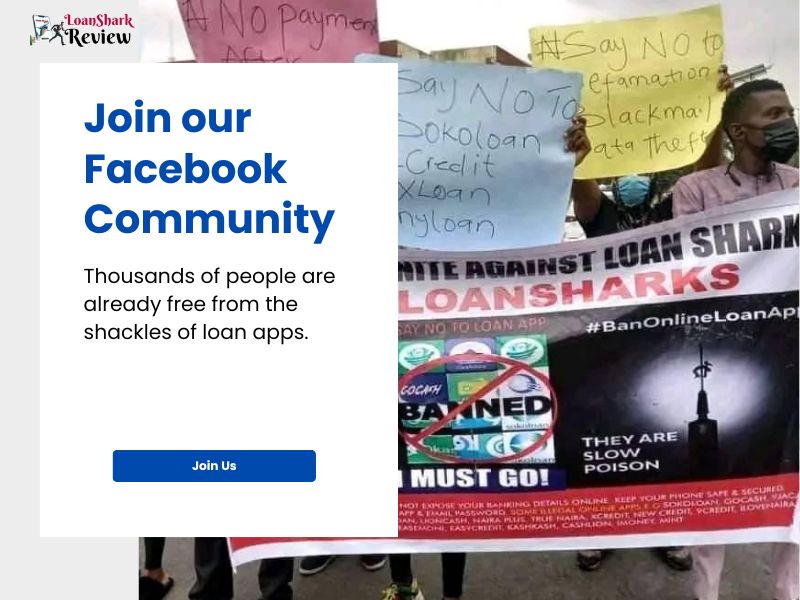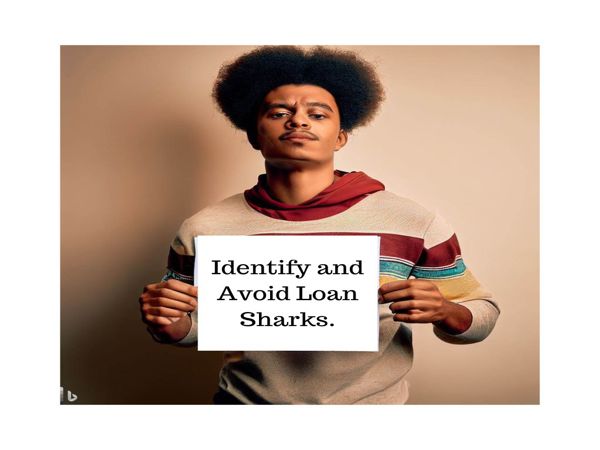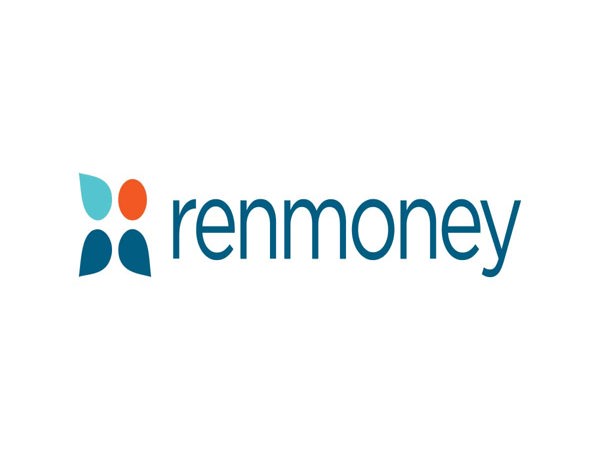I remember the day I first heard about ETFs. It was a casual Friday evening in Lagos, and I was at a small gathering of friends. The conversation drifted from sports to politics and then, somehow, to investing. A friend of mine, Chidi, a financial analyst, started talking about Exchange-Traded Funds (ETFs). To be honest, I had no idea what ETFs were, but the way Chidi explained it made it sound like the Holy Grail of investing.
I had been dabbling in the Nigerian Stock Exchange for a while, picking individual stocks based on tips from friends and market rumors. Sometimes I made money, but more often than not, I ended up losing. Chidi’s description of ETFs piqued my interest because it seemed like a safer, more diversified approach to investing. He explained that an ETF is like a basket of different stocks, bonds, or other securities, all bundled together. By investing in an ETF, you’re essentially spreading your risk across multiple assets rather than putting all your money into a single stock. This idea of diversification really appealed to me.
The First Steps: Research and Understanding
The next day, I began researching ETFs. I quickly discovered that there were various types of ETFs—some focused on specific industries, others on commodities, and some even on cryptocurrencies. However, I was particularly interested in broad-market ETFs that tracked indexes like the S&P 500 or the Nigerian Stock Exchange 30.
My first challenge was finding ETFs that were accessible to me as a Nigerian investor. Many of the well-known ETFs, like those managed by Vanguard or BlackRock, were listed on international exchanges. But I wasn’t discouraged. With a bit of digging, I found that some Nigerian brokers offered access to these international ETFs. I also discovered that there were a few ETFs listed on the Nigerian Stock Exchange, although they were fewer in number and less diversified.
Opening an Account: The Gateway to ETFs
To get started, I needed to open a brokerage account that allowed me to trade ETFs. I already had an account with a local Nigerian broker, but their ETF offerings were limited. So, I decided to open an account with an international broker that provided access to a wide range of ETFs.
The process was straightforward. I filled out the online forms, submitted the necessary documents, and within a week, my account was ready. The most challenging part was transferring funds from my Nigerian bank account to the brokerage account, as it required converting Naira to Dollars. However, once I figured out the best way to do it, everything else was smooth sailing.
My First ETF Purchase: A Mix of Excitement and Anxiety
With my brokerage account set up, it was time to make my first ETF purchase. I decided to start with a broad-market ETF that tracked the S&P 500. It felt safe because the S&P 500 includes 500 of the largest companies in the U.S., providing a good level of diversification.
I logged into my account, found the ETF, and clicked on the "Buy" button. As I watched the confirmation screen, a mix of excitement and anxiety washed over me. This was it—my first step into the world of ETFs.
Over the next few months, I regularly checked my investment. I watched as the value of my ETF fluctuated with the market. Unlike individual stocks, which could be volatile, the ETF moved more gradually. This slower, steadier growth gave me peace of mind.
The Learning Curve: Understanding Fees and Expenses
One of the things I hadn’t fully understood at the beginning was the cost associated with investing in ETFs. Each ETF has an expense ratio, which is the annual fee the fund charges its shareholders. While the fees are generally lower than those of mutual funds, they can still add up over time.
I learned that not all ETFs are created equal. Some have higher fees due to active management, while others, known as passive ETFs, simply track an index and have much lower fees. It became clear that I needed to consider these fees when choosing which ETFs to invest in.
Diversifying My Portfolio: Beyond the S&P 500
As I grew more comfortable with ETFs, I began to diversify my portfolio. I added ETFs focused on emerging markets, technology, and even real estate. Each new ETF added a layer of diversification, spreading my risk across different sectors and geographies.
I also explored Nigerian ETFs. Though limited, they offered exposure to local companies and sectors that I was familiar with. By combining both international and local ETFs, I was able to build a well-rounded portfolio that suited my risk tolerance and investment goals.
Conclusion: The Long-Term Strategy
Looking back, I’m glad I made the switch to ETFs. They’ve provided me with a level of diversification that I couldn’t achieve with individual stocks. More importantly, they’ve helped me build a long-term investment strategy that’s less stressful and more consistent.
If you’re in Nigeria and thinking about investing in ETFs, my advice is simple: start small, do your research, and be patient. The beauty of ETFs is that they allow you to invest in a broad range of assets with just a single purchase. Over time, this diversification can help you grow your wealth steadily without the need to constantly monitor the market.


.jpg)





.webp)






(0) Comment(s)
Write a comment